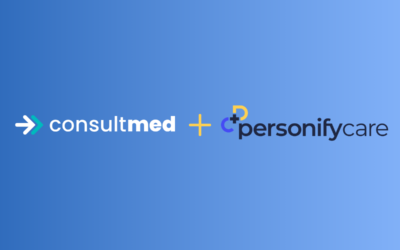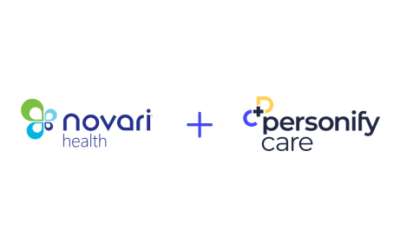Ask yourself this; If healthcare teams are having to collect more and more patient health histories each year, and have increasingly limited resources and budgets, are we then compromising the ability of pre-admission teams to capture risks effectively?
An important factor in population health management in today’s healthcare setting is practices that impact the reduction of patient risk. Identifying high-risk patients during the pre-admission process and taking pre-emptive action is a core part of this. Screening is used to inform actions the healthcare team needs to take immediately to address risks that have been identified, escalating care where needed.
The following are some of the challenges faced by healthcare teams in the capture and screening of patient health histories.
Paper forms are alive and well
Whilst more and more organisations are moving to digitise their processes, the reality is that many continue to rely on paper-based forms to capture health histories during the pre-admission process. The shift towards digitisation within many industries is a slow one, even with the push from the COVID-19 pandemic.
Collecting health history assessments via paper forms handed to patients or mailed to their homes relies on many factors occurring seamlessly to reach the desired outcome (i.e. making sure the patient is ready for their procedure). It relies on patients and the post not losing the forms, the forms being mailed to the correct address and the patient actually completing the form in a timely manner.
This is not to mention the phone calls from clinical staff following up patients who have not returned their completed forms, then the inefficiencies of having to transcribe (often poor) handwriting into a digital record system, whilst manually screening for risks.
Early Identification of risks is key
Risk identification during pre-admission has long been a manual process, and a rather impressive one when you consider the breadth of risks that can be identified within what can sometimes be a 100+ question assessment, for any number of treatments, against any number of risk profiles.
Identifying pre-admission risks early enough to make a difference to the efficiency of the department and the patient’s experience can thus be a challenge in this manual process. Risks coming to light the day before or even the day of admission are all too common.
Delivering a consistent pre-admission screening process based on validated screening tools, without overloading staff
The application of organisation-wide risk screening policies and processes, that also reflect industry-wide standardised risk screening tools is another challenge faced by many.
Screening processes that are consistently applied across the organisation via predetermined screening tools can efficiently identify patients who may be at higher risk of poorer health outcomes or adverse events.
The application of new industry benchmarked screening tools can also have significant impacts on staff time, making it easy for staff to get overwhelmed and making the likelihood of patient risks getting missed stronger.
We all know thorough pre-admission assessment is critical, but traditionally it’s manual & time consuming. Evidence is also pointing to increasing risk assessments starting to overload both staff and patients.
Patients being screened multiple times
During the course of their journey, patients are often screened multiple times for the same risks or are asked the same question multiple times for different risk screening and assessment processes, leading to duplication of effort and work, and poor patient experience.
Specialists, anaesthetists, nursing staff and pre-admission teams all ask a given patient for their version of tell me about your health history and pre-existing conditions. To the patient, it feels like an entirely disjointed process that has them wondering – didn’t I already answer these questions?
For patients with multiple admissions, this problem is compounded because they’re having to provide their information all over again for each admission or care encounter.
Effecting immediate and future improvements to patient care
Limited time, resources and budgets make it hard to consistently drive new quality improvement initiatives, let alone improving the inefficiencies inherent in traditional modes of collecting and screening health histories for risk, such as using paper forms.
If there’s no simple way of seeing population-level patient data, then the likelihood of improvements to processes and the patient experience diminishes. The data from health histories collected via paper forms and subsequent manual risk screening during the pre-admission process makes it hard to see trends over time. Whether those trends are there to be seen over a week, such as simple changes in the patient’s journey, or wider process changes that require more complex analysis.
Early risk identification is critical to influencing a positive outcome and as our population grows and increasing burden is placed on clinical teams to process more and more patient health histories, using a digital assessment and automatic risk screening as a tool to support medical or surgical decision making and risk mitigation is a must.
If you would like to speak to one of our team about how we can help you to solve these challenges, by digitising your patient health history forms and digitally screening for pre-admission risks, click here.
If you would like to read more about our Smart Health History Screening solution, click here.




